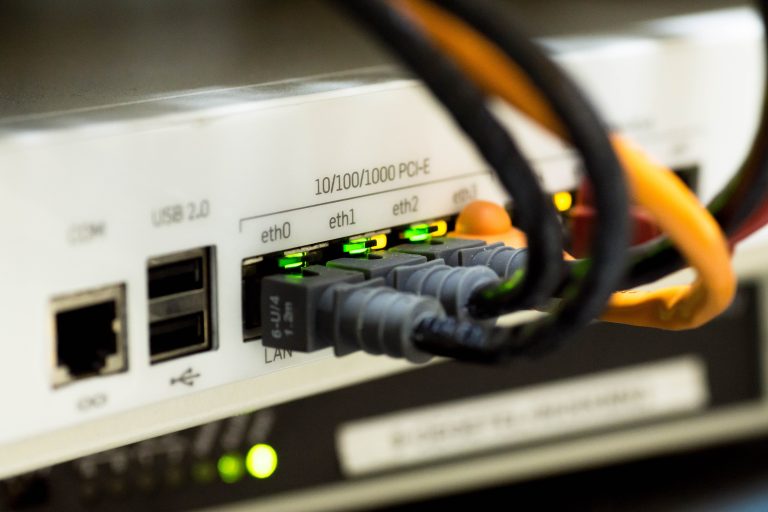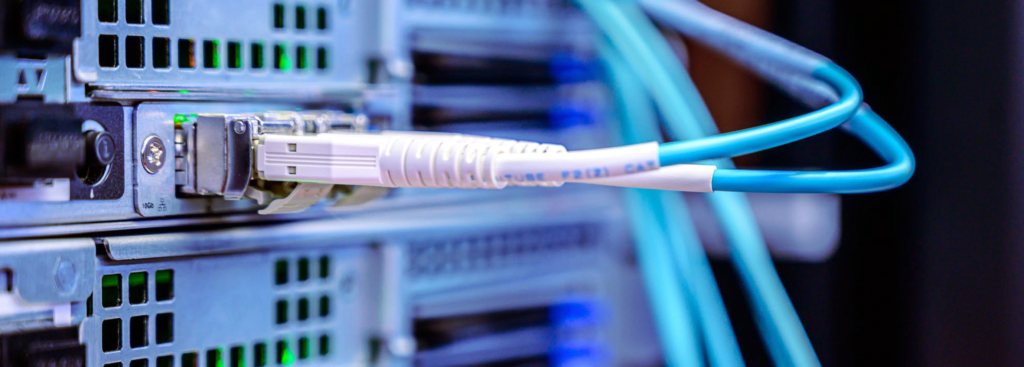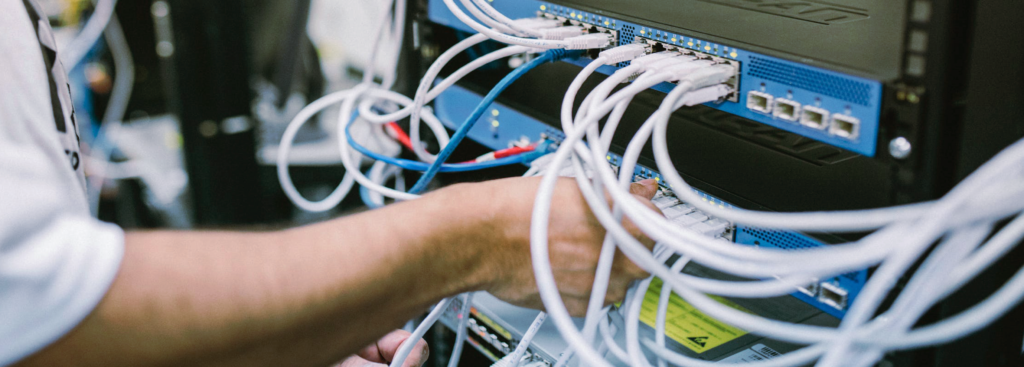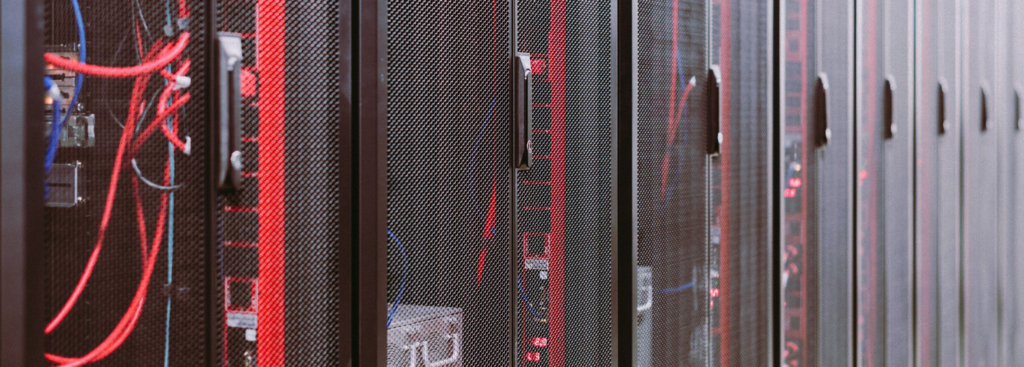The USB, or Universal Serial Bus, is the result of a design made with the intent to standardise the exchange of data and supply electrical power. Before the advent of USB technology, PCs often had multiple different ports for multiple purposes. Manufacturers used a variety of different port types and proprietary plugs, and nowadays the USB has replaced them all. There are so many different types of USBs you may come across day-to-day, and effectively identifying them is important to ensure you can confidently identify the needs of your IT hardware environment. See below for a quick guide on USB types.
USB Type A (USB-A)
When you think of a USB port, this might be what first comes to mind. First released in 1996, this USB type has maintained its appearance but has changed on the inside.
USB Type B (USB-B)
You may recognise this USB as the type being used on your printer or scanner. This type is large in comparison to other types, so these devices commonly employ the Type-B connector as their size may make them sturdier.
USB Type Micro B (Micro USB)
Sometimes referred to as “Android Cables” due to their past prevalence across Android devices, you’re likely to only see this used for cameras Nowadays.
USB Type Mini B (Mini USB)
First introduced in 2005, this anvil-shaped USB was common amongst popular mobile phones of the time, such as Blackberry and HTC. Like the Micro USB, you’re likely to only see them used for digital cameras.
USB Type C (USB-C)
Unlike the other USB types on this list, UBS-C can handle video output in addition to data transfer and power delivery. This versatility has made it a popular choice on new devices. Other than 8-Pin lightning, Type-C plugs can be inserted without concern for their orientation.
8-Pin Lighting
You might recognise Lightning cables as Apple’s proprietary connector. The 8-pin lightning replaced Apple’s 30-pin connector in late 2012. Now, the 8-pin lightning connecter is being phased out in favour of using USB-C instead.




















